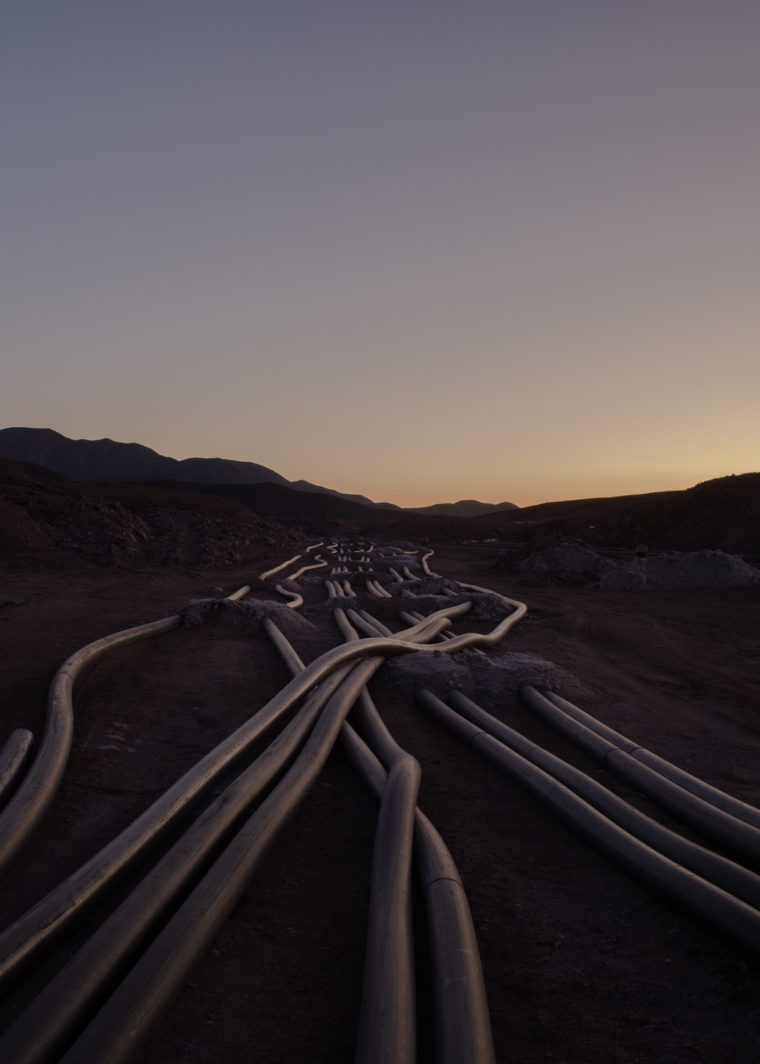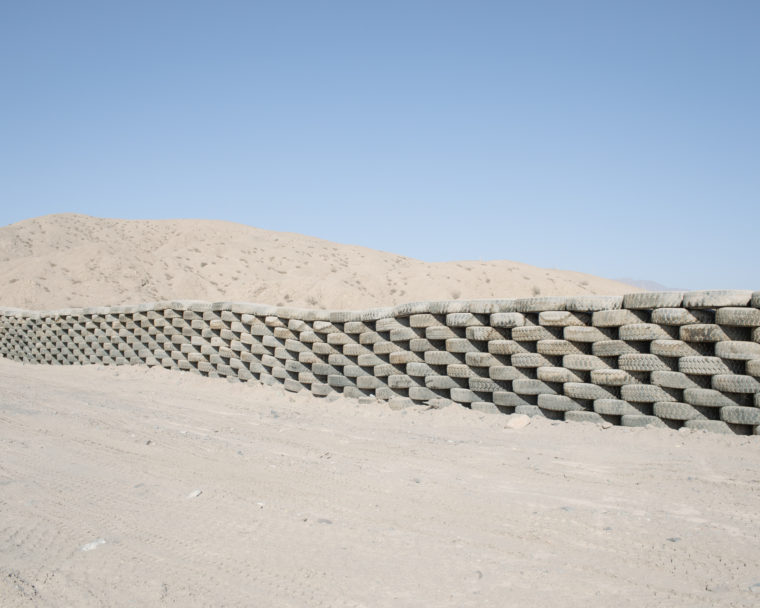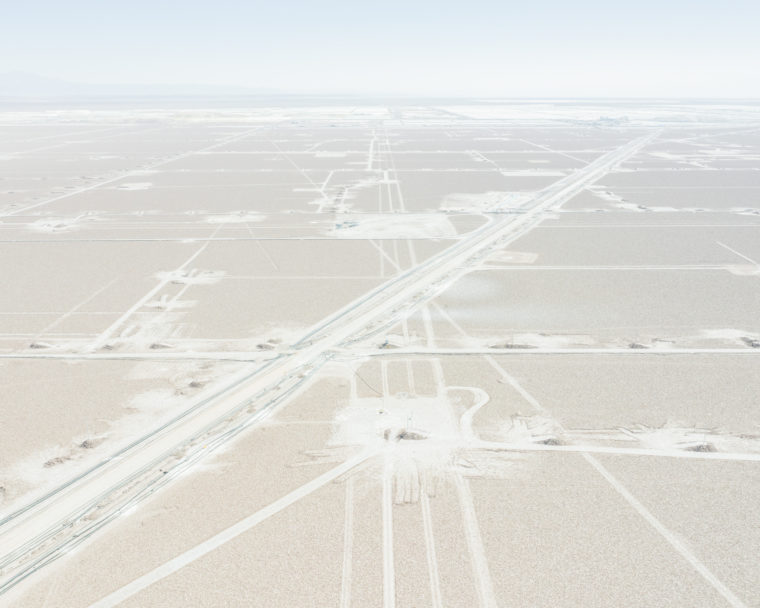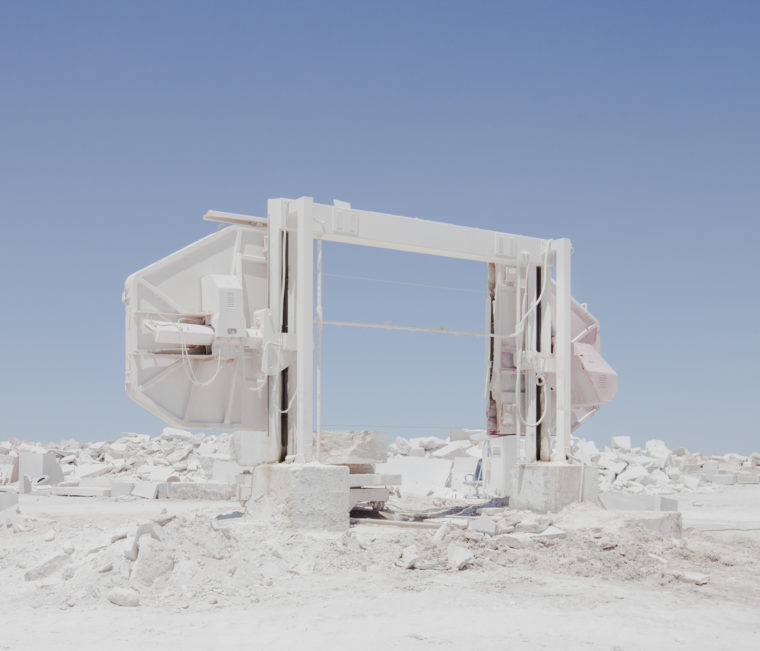Search
To search for an exact match, type the word or phrase you want in quotation marks.
A*DESK has been offering since 2002 contents about criticism and contemporary art. A*DESK has become consolidated thanks to all those who have believed in the project, all those who have followed us, debating, participating and collaborating. Many people have collaborated with A*DESK, and continue to do so. Their efforts, knowledge and belief in the project are what make it grow internationally. At A*DESK we have also generated work for over one hundred professionals in culture, from small collaborations with reviews and classes, to more prolonged and intense collaborations.
At A*DESK we believe in the need for free and universal access to culture and knowledge. We want to carry on being independent, remaining open to more ideas and opinions. If you believe in A*DESK, we need your backing to be able to continue. You can now participate in the project by supporting it. You can choose how much you want to contribute to the project.
You can decide how much you want to bring to the project.

Photography as a means of exploration is, in itself, an action that documents events, sensibilities and geographies. Some photographers move along that track, using photographic tools to outline a process that reveals their coordinates and, indeed, their concerns.
A photograph that documents, in depth, a social or political situation of a certain group of people. Moreover, this form of shutter aims to show the daily life of someone or something with a specific purpose. What’s more, documentary photography reveals the reasons for and the outcomes of what has been portrayed. It applies a meaning to the image that goes beyond what it intrinsically shows. An example of this is Marcos Zegers’ project called: Water, Mining and Exodus.

From these photographs he documents, in the first instance, the traces with which man has marked the natural landscape. For this purpose he has had to climb high peaks, skirt the coastal cliffs and cover his clothes with the incomparable scent of the pampas. From these wanderings, which began in 2015, he has witnessed how the desert is decorated by the aesthetics of the countless industries that appear there. This exercise of registration and introspection exposes a random relationship that is worth mentioning since in recent years, from the work of the visual arts, we have acted with a reprehensible insensitivity to environmental causes, a situation that has permeated some methodologies of a group of visual artists and photographers in various parts of South America.[1]
It is worth remembering that human beings and nature share the same space on earth. For a long time, nature -first inert, then alive- occupied it fully. With the emergence of man, the relationship between the two and a certain competition for living space arose. A qualified relationship, not one of simple synthesis, in which man normally imposes his own depth, however radical, lordship; but at times he is powerless in the face of a nature that revolts by abandonment or by wanting to impose slavery on it: there is a dichotomy that is defined in the lack of relationship.[2]
Today we witness the infinite schisms that can be seen between human beings and nature. However, Zegers’ methodological basis is his way of knotting the countless plots that hide these highly contaminated and unprotected sites from national governance. This documentary analysis is also an immersion into the natural environment itself, an action that has conflicted with the logic that is currently communicated by the photographs presented by the communication industry about the ecocide, specifically in northern Chile.

The eco-territorial conflict not only extends through the north, but also through various points of this country. Unfortunately, the implementation of a critical mass that tells of these dramas has a number of detractors. Many of these have promoted public policies from the State that are at the expense of those that impose sustainable protection for the environment. For this reason, the textures that these human beings have irresponsibly imposed on nature, at first sight, succumb to this photographic material that incisively represents the material and immaterial capital of the anthropocene [3] along the territory of Chile.

In the face of these locations it seems that human beings have constructed instruments for their own deterioration and extinction in the context of the anthropocene. In this sense, studies on the anthropocene are worthy of our attention, especially for those of us who work in the cultural field because they point to a massive transformation that is taking place in the way we might understand what marks the world as we know it.[4]
However, the activities shown in the images that commonly represent the aforementioned era are barely human, at least in that generalization, in the sense of being a species, but in reality they are mainly activities of the corporate industry, an area generally occluded in the discourse of the anthropocene. This simple fact leads us to ask ourselves: what ideological function does the word ‘anthropocene’ -terminologically, conceptually, politically and visually speaking- fulfil in relation to the current ecological policy…[5]
In view of these implications, the ideological function of the anthropocene concept can be glimpsed through the geological fabric revealed by the natural environments. Nature has avoided an abrupt contact with new materials such as concrete, plastic, radioactivity, to mention a few. These elements have been conjugated together with a geological peculiarity that certainly gives away the uncertainties of human life, so this situation transfers that ideological mention of the concept to an unprecedented social and political conflict.
Well, as some natural resources have already been extracted, burned and exploited, their vestiges from north to south problematize with the real work carried out by corporations to safeguard, in part, nature. So there is no doubt that this field research provokes a tension from the photographic seat that questions the re-visions that we collect about the environment versus the anthropocene.

Finally, exploration is a hallmark for Zegers. So the construction of his visual narrative goes hand in hand with what has historically happened with extractivism and its traces in some regions that present the bifurcations proposed by the bellicose neoliberalism that promotes characteristics such as desertification and migration. Observing this proposal over and over again, the landscape of Chile gives rise to more than one questioning that, in this case, the artist himself is pursuing. This idea leads me to recall what photographer Gastón Salas described: “In Chile’s landscapes one perceives an overwhelming hidden charge, one notices a mysterious sensation of oblivion and a disturbing tranquility that makes the gaze hold before us the tension of what is being contemplated”. [6]
(Photographs: Marcos Zegers de la serie Agua, Minería y Éxodo (Water, Mining and Exodus, 2015-2019. Featured Image: Marcos Zegers “Caballo Muerto” (2015) Printing on natural ligaments edition of 3)
[1] Some examples of this practice: Forest Law de Ursula Biemann and Paulo Taveres (2014); Traces of Nitrate lead by Xavier Ribas (2014); Ananay de Edi Hirose (2018); and Copper Goegraphies by Ignacio Acosta (2018).
[2] LOPEZ LILLO, Antonio and RAMOS, Angel. “Valoración del Paisaje Natural”. Chapter 5: La distribución del espacio (Madrid: Abada Editores, 2010), p. 85.
[3] As several researches have written, among them, T. J. Demos in “Against the Anthropocene“ the geological configuration of anthropocene proposes some questions: How does this new era work? Does its discursive framework relate to image technologies, including photographic, video-based, satellite images, website-delivered and web-scattered? What is this anthropocene thesis like? -Because it remains for now a proposal that requires critical evidence- supported or refuted by different types of visualization, and how could artistic-activist practices not only confirm but also provide convincing alternatives to adopt its rhetoric?
[4] DEMOS T. J. “Against the Anthropocene: Visual Culture and Environment Today” (Berlín: Sternberg Press, 2017), p. 11.
[5] Ibíd., p. 18.
[6] SALAS, Gastón, La Memoria del Paisaje, published in the magazine Sueño de la Razón, editors: Andrea Jösch and Luis Weinstein (Santiago: Metales Pesados, 2013), p. 249.

Rodolfo Andaur is a curator and manager and has therefore carried out several projects whose main objective is to ‘desertify’ unpublished stories. He is also constantly invited by recognized institutions to organize eco-territorial trips in different places in Latin America
www.rodolfoandaur.cl
"A desk is a dangerous place from which to watch the world" (John Le Carré)